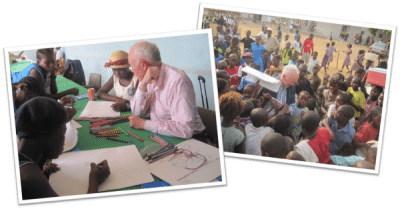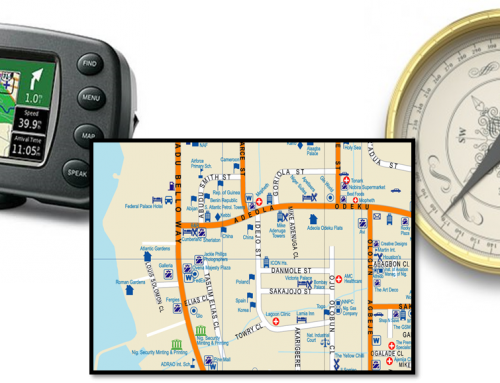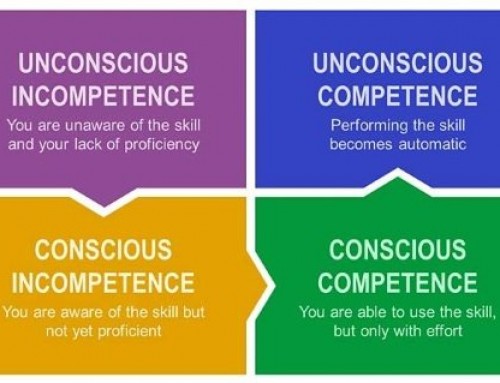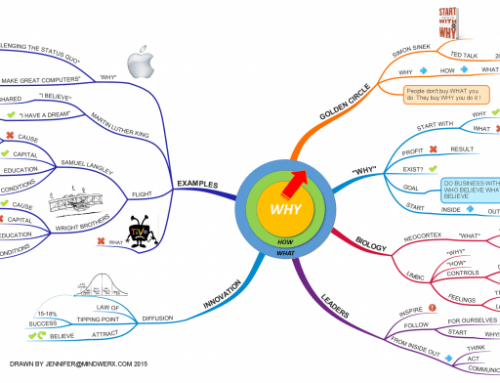 Here in the Southern Hemisphere (South Africa, New Zealand and Australia) there are a few more weeks before the new school year starts, while our Northern Hemisphere friends will be back from Christmas and New Years vacation very soon. And everywhere there are all sorts of students taking up study at universities and adults going back to study after years of being in the workforce.
Here in the Southern Hemisphere (South Africa, New Zealand and Australia) there are a few more weeks before the new school year starts, while our Northern Hemisphere friends will be back from Christmas and New Years vacation very soon. And everywhere there are all sorts of students taking up study at universities and adults going back to study after years of being in the workforce.
So now is a good time to get ready to study better with less stress and more success. Successful study involves balancing a number of skills you want to do well:
- Getting new information in through lectures, reading, experimentation, etc
- Comprehending what you’re hearing, seeing, experimenting with, doing, etc
- Retaining and recalling what you’ve studied or been taught
- Using or applying what you’ve learnt in assignments and activities
There are a range of strategies for each of these, and we’re working now on a free eCourse to explore some of these (due in a few weeks), but for now a couple of quick tips on reading might be of value.
When you have a lot of information to read, and every student from primary school to MBA students to executives trying to keep up with changes in their industry are absolutely overloaded with stuff to read, a really valuable tip to remember is to read with purpose.
A big myth people believe about reading is that the way they learnt to read in Primary School is how they are supposed to read now. Nothing is further from the truth. The methods your learnt when you were 5, 6 or 7 years old may have been appropriate for the time, but they simply aren’t enough now.
To get the most from your study begin by asking what you need to read, why you need to read it, and then how will you read it. Taking the time to do this pays huge dividends as you stop wasting time reading vast amounts of information in entirely the wrong way. For example…
Many students need to get a reasonable idea of the subject matter, but to support the premise of a major assignment you may just be looking for specific points, examples, quotes, or case studies. So you will want to use different approaches to the reading you do for each of these purposes.
To locate examples, quotes and case studies you would scan a range of articles, websites, books etc. A 20 minute power browse of a book or major article may be all you need to determine that there is little of value in it for your immediate purpose, so you don’t want to waste hours reading it like you do more important information. And an added benefit is that you’ll also get a good feel for the content for future reference when looking for other information.
When I was lecturing to Masters students I gave one assignment to write 2500 words on the topic of Creativity and Innovation – what do they mean, how to do get them and why is it important to you? To start my students off I would give them more than 50 significant articles to read, and stressed that this should just be the start of their research and they had 8 weeks to complete the assignment. You can imagine the moaning from them all.
But my point here was twofold – one to demonstrate that there was a wide body of work on the subject that they should be aware of, and two that they needed to change the way they studied and researched to come up with meaningful results. I was always delighted by many of the essays I got back, just as most students really enjoyed the experience – in the end.
To get a reasonable feel for a subject you may start with a power browse, followed by some speed reading, then some serious in-viewing to get the details you really need to understand. The key here is that you always start with an overview and work your way in to the important material you want and need.
To capture and retain the material you’re reading you should of course be Mind Mapping key points, conclusions, and ideas you can use in assignments. We recommend that you do a quick Mind Map burst after a power browse to rapidly capture things that jumped out at you, and be sure at this stage to add anything you already know about the subject, This is particularly value when doing an assignment that requires interpretation and application, where what you already know can be added to new information you find.
If you aren’t yet doing much Mind Mapping you may like to do our free eCourse on How to Mind Map, and we also recommend you have a look at the new iMindMap Home & Student Mind Mapping software. This new version of iMindMap is an absolute winner for anyone of any age who is studying.
And if you are in a position where you want to help others learn to Mind Map we have a new 10-day Teaching Others to Mind Map eCourse just launched. Have a look – it’s free.
The last thing we’d like to mention about study, is that we also offer Study Skills courses around Australia, along with all our other public programs, so if you’d like to come along at some stage have a look.
Designed for older students (14+) and anyone going back to study after some time off, this workshop looks at the fours aspects of study mentioned about and gives some great tips on creating an effective learning environment.
We’ll also be running Certified Instructor courses on Mind Mapping, Speed Reading, Improved Memory, Study Skills and Deliberate Creativity & Innovation on the Gold Coast and in a Sydney and Melbourne later in the year. So if you’d like to be associated with Mindwerx and the Buzan Centre have a look at these as well.
And one last word on Mind Mapping and the impact on kids. If you have any doubt about how much kids love to Mind Map check out these photos of Tony working with some kids in Kenya.






Leave A Comment
You must be logged in to post a comment.